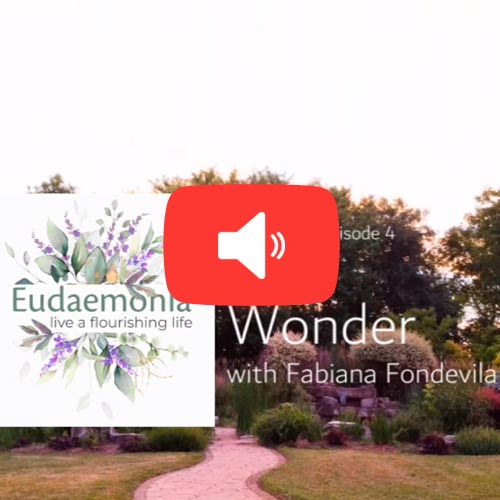In this workshop with storyteller, teacher, and spiritual activist, Fabiana Fondevila, we explore practices to cultivate lasting vitality in daily life, empowering us to relate better to afflictive states and improve our wellbeing.
The Global Compassion Coalition is a collective movement striving to create a world where both people and nature are cared for and thrive. We aim to alleviate suffering and promote human flourishing by fostering compassionate thinking, feeling, and action. Join us in our mission to build a world based on compassion.








